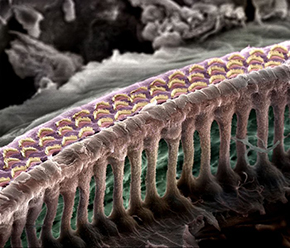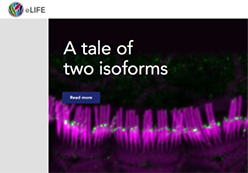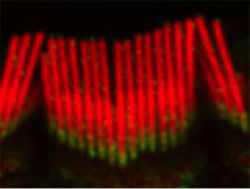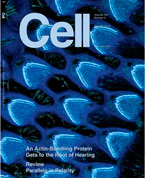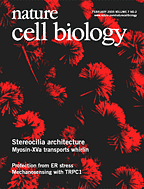Thomas B. Friedman, Ph.D., Chief
Research Statement
The goal of our laboratory is to identify and characterize the molecular machines and pathways necessary for the development and maintenance of the inner ear. For the past 20 years, we have contributed to the understanding of the exquisite anatomical and physiological complexity of the inner ear by identifying many of the defective genes causing deafness (“deafness genes”) in humans and by studying their biological functions in animal models. We continue to ascertain large families segregating deafness in order to identify novel deafness chromosomal loci and genes.
The five interrelated research goals of the Section on Human Genetics are:
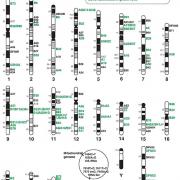 Loci and genes for nonsyndromic deafness and Usher syndrome.
Loci and genes for nonsyndromic deafness and Usher syndrome.
View larger image
- Ascertain large families segregating deafness.
- Map genes for inherited forms of human syndromic and nonsyndromic deafness.
- Identify mutant genes associated with deafness using whole exome and genome sequencing.
- Engineer animal models that mimic human deafness to access pathophysiology.
- Reveal the pathophysiology and wild type functions of “deafness genes.”
Improved understanding of the mutated genes will provide important information on hearing and brain processing. The identification of the relevant genes will also permit early and more accurate diagnosis for certain forms of hereditary hearingand communication impairments.
Additional research information about the identification and location of the genes for nonsyndromic and syndromic hereditary hearing loss can be found on the Hereditary Hearing Loss website.
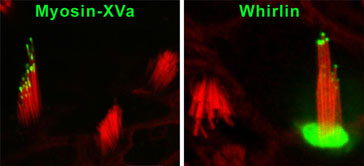
Restoration of the elongation and staircase organization of abnormally short hair cell stereocilia bundles in myosin XVa mutant mice (shaker 2) and whirlin mutant mice after gene gun mediated transfection of wild-type GFP-myosin XVa and GFP-whirlin, respectively (Belyantseva, et al., 2005).
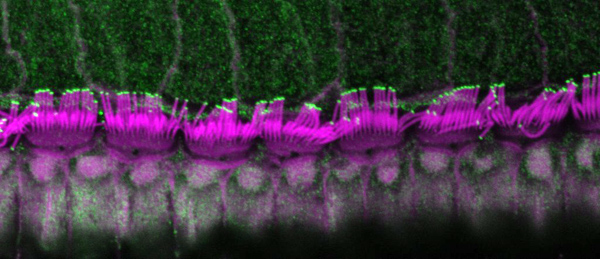
Mouse inner hair cells labeled with antiserum against Myosin 15 (green), a molecular motor that is essential for the development and maintance of actin-based stereocilia (magenta).
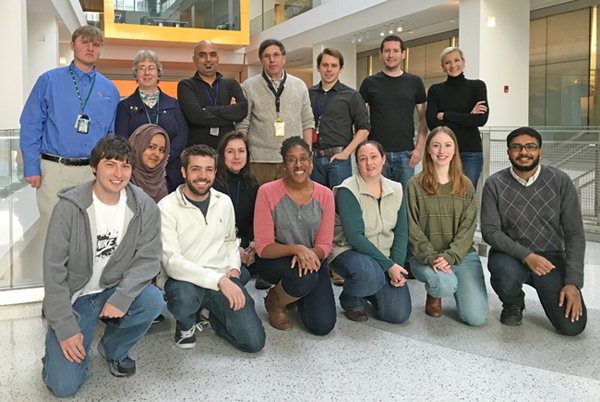
(L-R, back row): Alec Callahan, Barb Zwiesler, Atteeq Rehman, Tom Friedman, Joe Duda, Jonathan Bird, Melanie Barzik.
(L-R, front row): Daniel Sutton, Rabia Faridi, Jesse Werth, Inna Belyantseva, Alexis Oguh, Liz Wilson, Elizabeth Thomason, Arik Shams.
Not pictured: Ayesha Imtiaz and Pat Riordan.
Training in the Section on Human Genetics
We are interested in hearing from motivated postdoctoral candidates with experience in genetics, protein biochemistry, molecular biology, cell biology, or related disciplines; a strong publication record; good communication skills; and enthusiasm for basic research.
Applicants should submit their curriculum vitae, a brief statement of research interests, and the names and contact information of three references.
Graduate student applicants may apply to the Graduate Partnership Program that sponsors doctoral students at the NIH through partnerships with various universities including University of Maryland, Johns Hopkins, Georgetown University, Oxford University (UK) and Cambridge University (UK).


